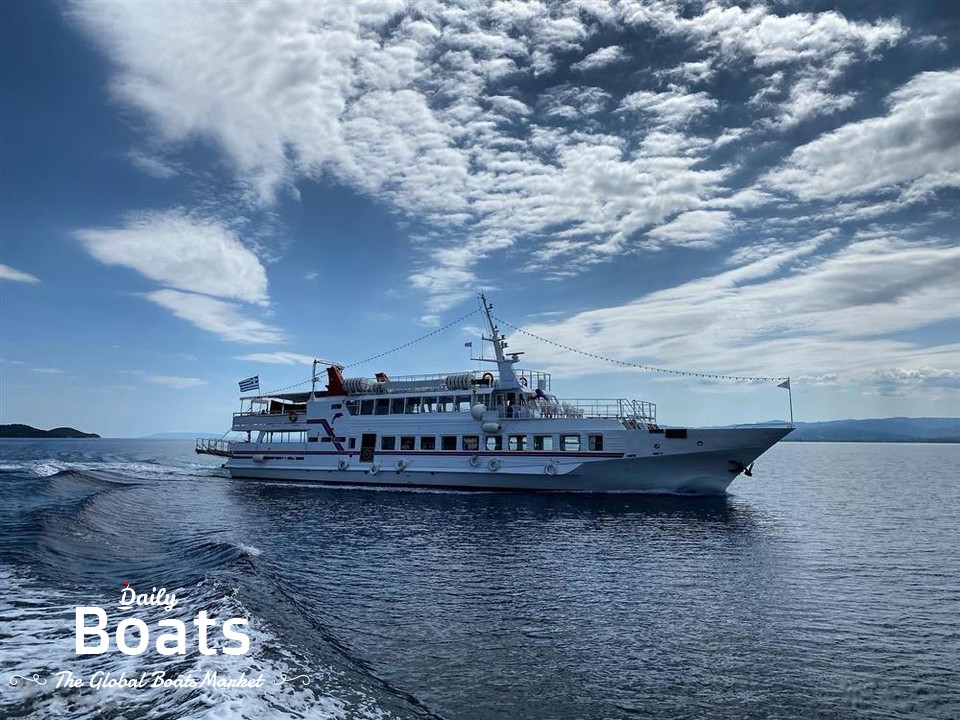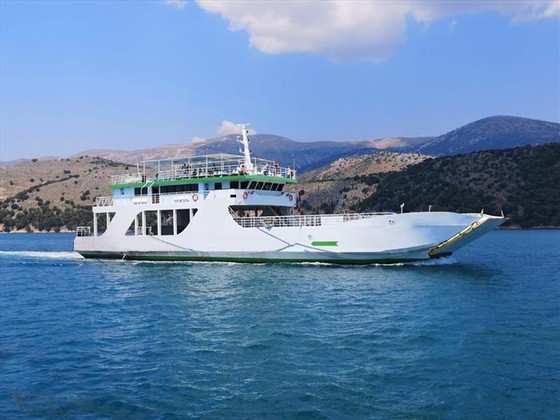Passenger ferries

What are passenger ferries?
Introduction
A ferry is a boat or ship used to carry passengers, vehicles, and cargo across a body of water. Ferries are powered by either diesel engines or by electricity, and they can operate in both calm and rough waters.
Passenger ferries have been used for centuries to transport people between islands and across rivers. Today, they continue to play an important role in public transportation systems around the world.
There are many different types of passenger ferries, each with its own advantages and disadvantages. Catamaran ferries are fast and stable, but they can be expensive to operate. Jetfoil ferries are even faster, but they require calm waters to operate safely. Hovercraft ferries can travel over land and water, but they are noisy and produce a lot of pollution.
The future of passenger ferry transportation is electric and autonomous. Electric ferries are more environmentally friendly than diesel-powered ones, and autonomous ferries can free up crew members to perform other tasks or provide additional services to passengers.
What are passenger ferries
A brief history of passenger ferries
Passenger ferries have been around for centuries, transporting people and goods across waterways. The first recorded use of a ferry was in the 3rd century BC in Greece. Passenger ferries then spread to Rome and other parts of Europe.
In the United States, the first passenger ferry began operating in 1662 between Staten Island and Manhattan. This service continued until 1967 when it was replaced by the Staten Island Ferry, which is still in operation today.
Today, passenger ferries are used all over the world to transport people and vehicles across rivers, lakes, and seas. They come in all shapes and sizes, from small boats that can carry a few dozen people to large vessels that can transport hundreds or even thousands of passengers.
How do passenger ferries work
Passenger ferries typically have two decks – an upper deck for passengers and a lower deck for vehicles. Passengers board the ferry at a dock and pay a fare before boarding. Once everyone is on board, the ferry sets off across the water.
The journey time depends on the distance to be travelled but is usually around 30 minutes to an hour. During the crossing, passengers can enjoy views of the scenery or relax inside the ferry if it has amenities such as a café or bar. Once the ferry reaches its destination, passengers disembark and continue on their journey.
The benefits of passenger ferries
There are many benefits to using passenger ferries for transportation. They are usually cheaper and faster than taking a bridge or driving through a tunnel, making them ideal for short journeys where time is of the essence. Ferries also offer a more scenic route than other modes of transport, making them popular with tourists and those looking to enjoy some time on the water. In addition, they are more environmentally friendly than road or air travel as they produce no emissions themselves (although this will depend on how they are powered).

The different types of passenger ferries
Catamaran passenger ferries
Catamaran passenger ferries are a type of double-hulled ferry that uses two parallel hulls to provide stability and increased capacity. Catamaran ferries are typically faster and more fuel-efficient than traditional monohull ferries, making them a popular choice for high-speed passenger ferry service.
Jetfoil passenger ferries
Jetfoil passenger ferries use high-speed water jets to hover above the water surface, providing a fast and smooth ride. Jetfoils are typically used for short-distance ferry service and can operate in shallow waters where other types of ferry vessels cannot.
Hovercraft passenger ferries
Hovercraft passenger ferries use a large fan to create a cushion of air that allows the craft to "hover" over the water surface. Hovercrafts are capable of operating in both shallow and deep waters, making them versatile but also more expensive to operate than other types of ferry vessels.
The future of passenger ferry transportation
Electric and autonomous passenger ferries
The future of passenger ferry transportation lies in electric and autonomous vehicles. Electric ferries are already in operation in some parts of the world, such as Norway, and they are becoming increasingly popular due to their low emissions. Autonomous ferries are still in the development stage, but there are a number of companies working on this technology with the aim of making ferry transportation safer and more efficient.
The environmental impact of passenger ferries
Passenger ferries have a significant environmental impact, both in terms of emissions and noise pollution. Ferries are responsible for around 3% of global maritime CO2 emissions, and this is expected to increase as demand for ferry travel grows. Noise pollution from ferries can also be a problem for residents living near ferry routes. There are a number of measures that can be taken to reduce the environmental impact of passenger ferries, such as switching to electric propulsion or investing in noise-reduction technology.
Conclusion
What are passenger ferries?
Passenger ferries are boats or ships that carry passengers from one place to another, usually across a body of water. They have been around for centuries and have played an important role in the development of cities and trade. Today, passenger ferries are still a vital form of transportation in many parts of the world, carrying millions of people every day.
There are many different types of passenger ferries, each with its own advantages and disadvantages. Catamaran passenger ferries are fast and stable, but can be expensive to build and operate. Jetfoil passenger ferries are even faster, but can be uncomfortable for passengers and are not suitable for all types of water. Hovercraft passenger ferries can travel over land and water, but are slower than other options and can be noisy.
The future of passenger ferry transportation is likely to see more electric and autonomous vessels as the technology improves and becomes more affordable. Passenger ferries also have the potential to make a positive environmental impact by reducing traffic congestion and pollution.







